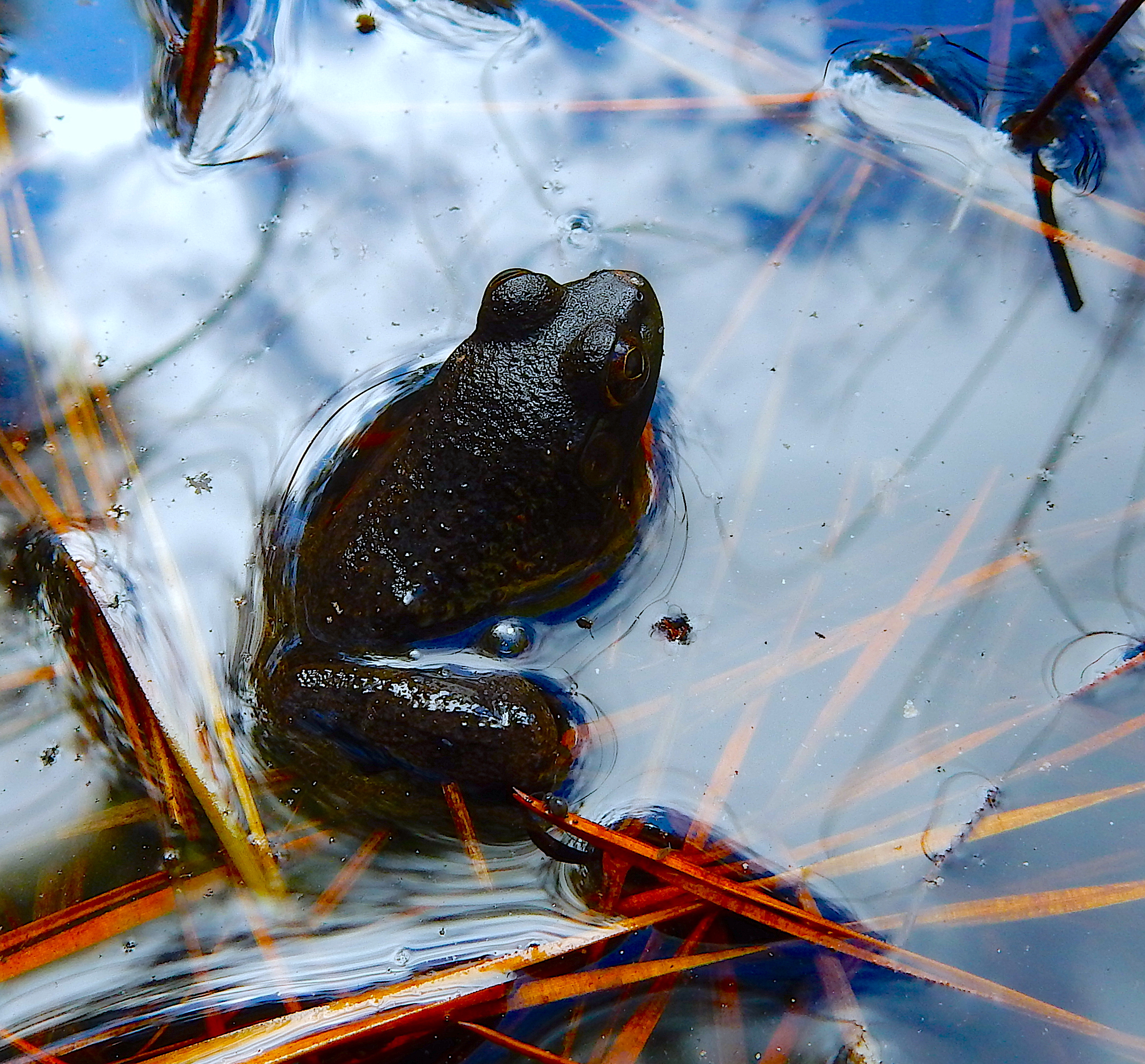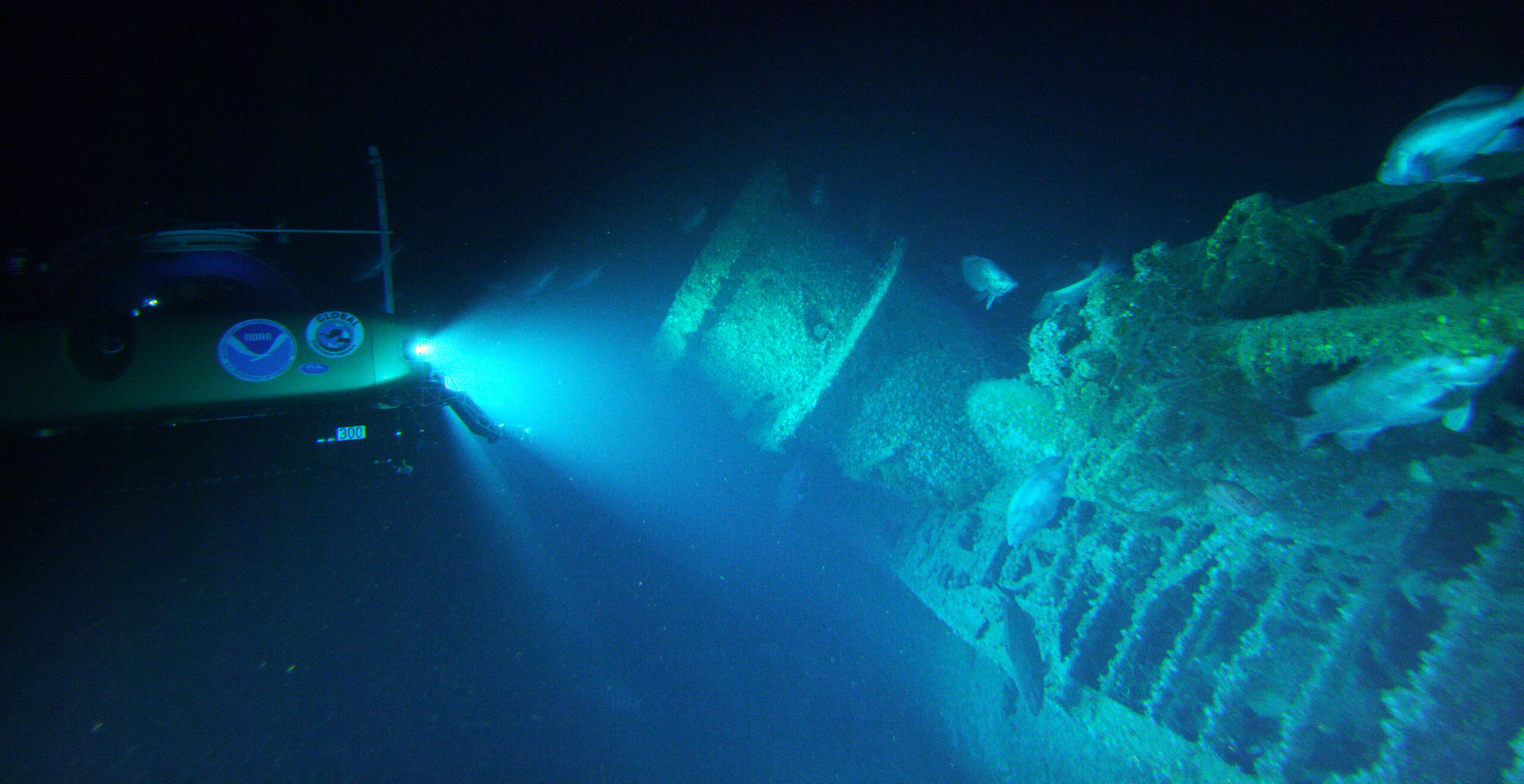Wings of Change: The Impacts of a Warming Climate on Birds of North Carolina
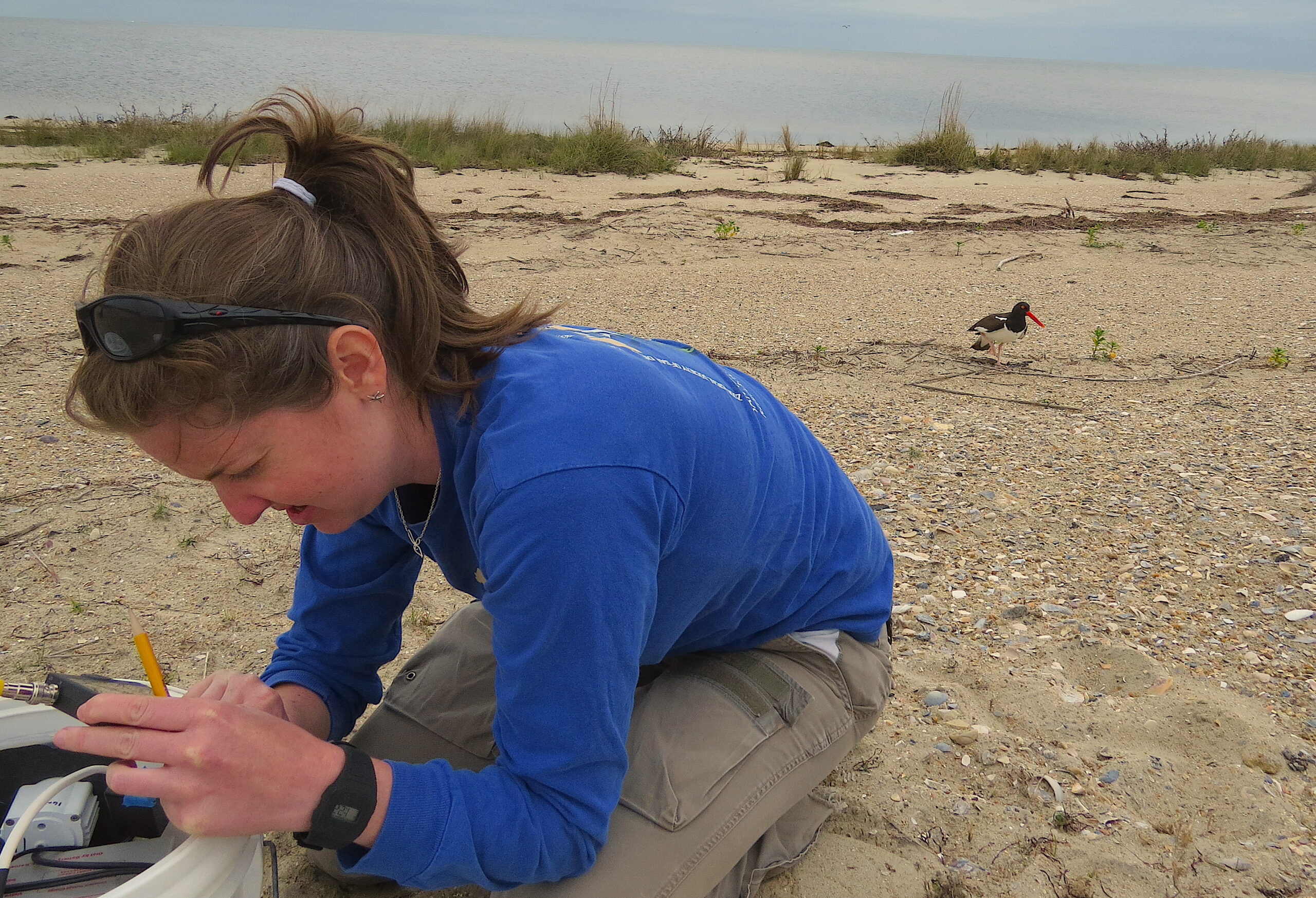
Over the last four centuries, nine bird species have gone extinct. The ivory-billed woodpecker —the third largest species of woodpecker in the world — is among the most recent, only officially declared extinct this past September by the U.S. Fish and Wildlife Service. The reasons why certain bird populations become threatened or extinct can vary. Habitat loss through development, natural disasters like hurricanes, and hunting and poaching all can contribute.
Yet, one of the prominent current challenges for bird species is global warming.
About 389 species of birds are at risk of extinction from climate change. In fact, according to the National Audubon Society, extinction will threaten about two-thirds of America’s bird species if temperatures rise by 5.4°F before 2100. Scientists predict that within only three decades, 126 endangered birds worldwide will lose more than 50% of their current habitat due to climate change; by 2080, 188 bird species could face the same plight, including 170 that live in North Carolina.
Birds are critical to their ecosystems, so much so that they serve as important “indicator species,” meaning that their presence provides scientists with valuable information on other environmental conditions. As a Ph.D. student at NC State University and a Southeast Climate Adaptation Science Center Global Change Fellow, I am one of a growing group of scientists in North Carolina dedicated to studying how climate change affects various bird species — from American oystercatchers to red-cockaded woodpeckers.
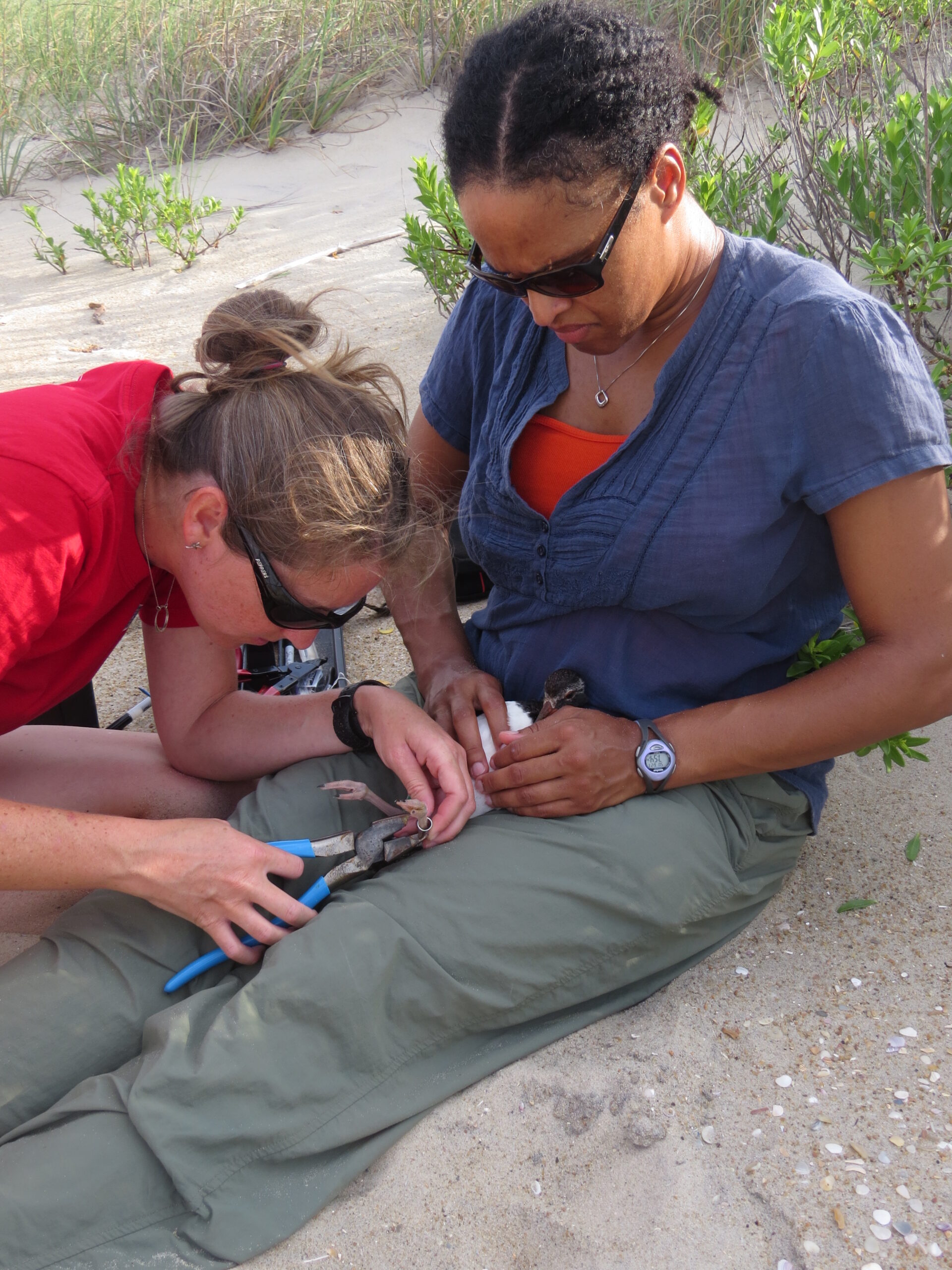
COASTAL THREATS TO AMERICAN OYSTERCATCHERS
Human-driven activity has a large influence on the health of coastal ecosystems. Many shorebird populations continue to face increasing challenges as rising sea levels and growing human populations constrain their breeding habitats.
“Shorebird communities are particularly vulnerable to such influences, due to their long migrations, niche specialization, vulnerable nest locations, and use of sandy beach habitats,” says Shilo Felton, field manager for Audubon’s Clean Energy Initiative. “For a great majority of the species which will be subjected to the environmental effects of a changing climate, we know very little about how these changes will influence them.”
Populations of the American oystercatcher, a large shorebird with a long narrow orange bill, black head, and brown back and tail, had been in decline until recently, although the International Union for Conservation of Nature has now classified their populations of “least concern.” As a Ph.D. student at North Carolina State University, with funding from North Carolina Sea Grant, Felton studied the key indicator of oystercatcher population stability: the ratio of males to females.
“For a monogamous breeder like the oystercatcher, the number of available male-female pairs is critical,” says Felton, a former Global Change Fellow with the Southeast Climate Adaptation Science Center. “Many models assume an even ratio of breeding males to females, but this assumption can lead to misleading projections of population growth or extinction.”
Natural resource managers rely on accurate estimates of population status and growth when making decisions to conserve species. A previous study by Felton and her research partners suggested nearly stable oystercatcher populations in North Carolina, but prior research also has shown that the number of breeding pairs in certain protected areas decreased by almost 50 percent in the past decade.
Felton and Audubon North Carolina colleague Lindsay M. Addison combed through feather samples collected from over 600 oystercatchers during a 13-year period. In turn, a lab at the University of Porto in Portugal determined the sex of the birds from the samples.
“Through capture and recapture analyses, preliminary results indicated even female-male ratios for both juveniles and breeding adults in all but one year,” reports Felton. “We also found that sex, hatch site, and breeding site all influenced survival, and the effects of each varied with life stage.”
Overall, Felton says their initial results suggest oystercatchers may remain part of the state’s ecosystems for years to come, as long as the various habitats the species requires are available.
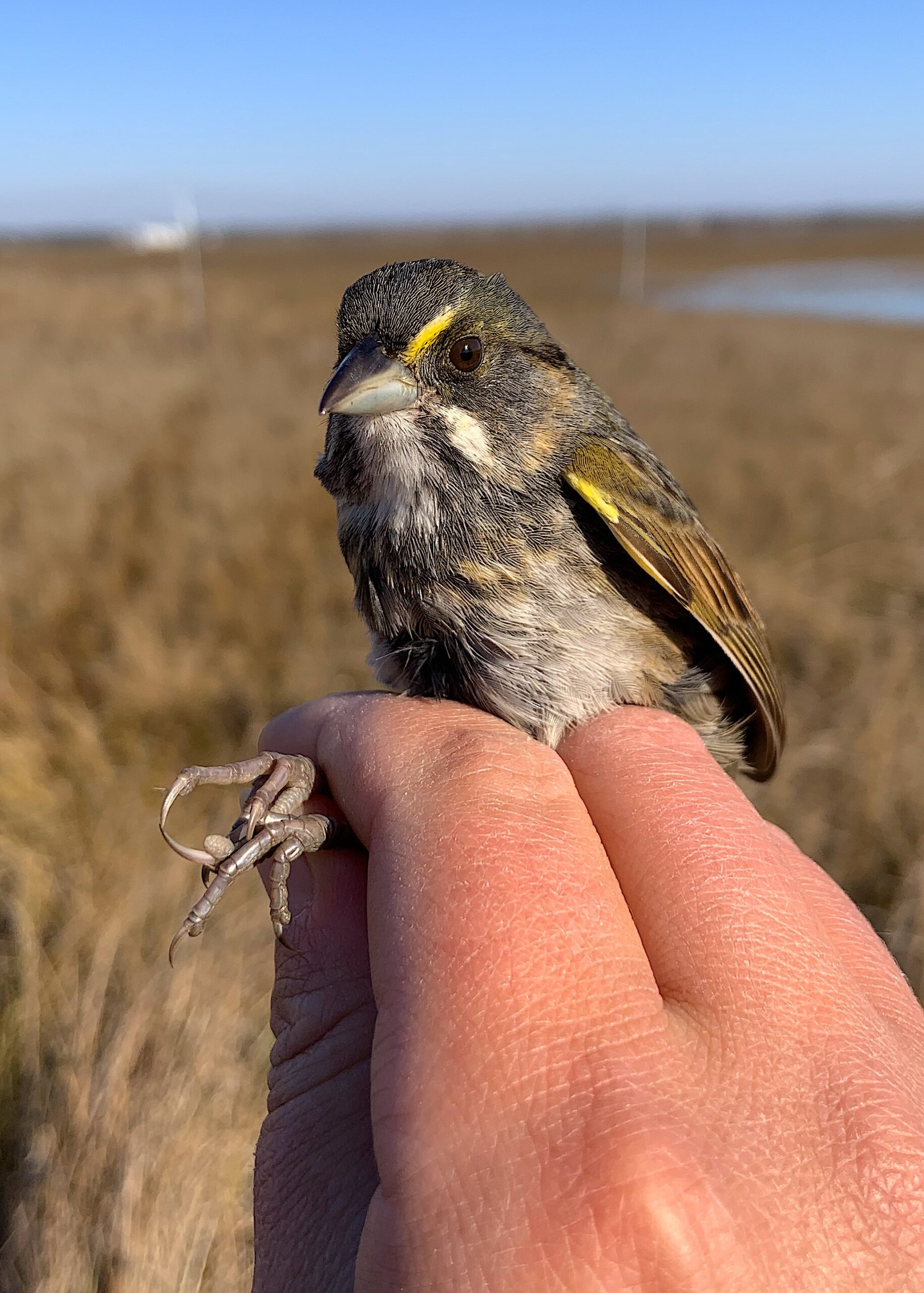
Human recreation, development, and pollution also continue to impact the species’ habitat, though. When Felton observed the effects of off-road vehicle use on oystercatcher populations, for instance, her findings suggested that decreasing the presence of vehicles might allow oystercatcher parents to invest less time and energy on defensive behaviors and more on nest attendance.
In her current position with the National Audubon Society, Felton is responsible for promoting best practices for offshore wind projects nationally, as well as onshore wind and solar projects throughout the Mississippi and Atlantic flyways, in order to advance clean energy in a way that minimizes impacts on birds.
Her own research and experience as a Global Change Fellow has informed her understanding of avian interactions with renewable energy under a changing climate. “My experience as a Climate Change Fellow has given me a helpful perspective about the importance of addressing climate change to protect birds,” she says. “It’s not some far off, abstract threat. How bad it gets is up to us, and I’m grateful to be in a position with Audubon that helps me work toward solutions.”
MARSH SPARROWS AND RISING SEAS
Salt marshes — coastal grasslands regularly flooded by seawater — filter nutrients and reduce the impact of coastal storms by absorbing wave energy.
They act as buffers for our coastlines and provide habitat for both aquatic and avian species.
Saltmarsh sparrows and a similar species, seaside sparrows, are tidal marsh obligates, meaning that they spend their entire lives in tidal marsh ecosystems. The saltmarsh sparrow, a medium-sized orange, brown, and tan bird with a fairly large bill, lives along the East Coast. The seaside sparrow lives in tidal marshes along the East Coast, as well as in the Gulf of Mexico.
Both populations of sparrows are at risk, and soon the saltmarsh sparrow could become an endangered species. In fact, saltmarsh sparrow populations have declined by 9% annually since 1998 due to climate change and other human-influenced impacts
“If habitat declines or is degraded, it can lead to population declines for the species that depend on that habitat, especially like saltmarsh and seaside sparrows,” says Marae Lindquist West, a Ph.D. candidate at UNC Wilmington and a NOAA Margaret A. Davidson Fellow.
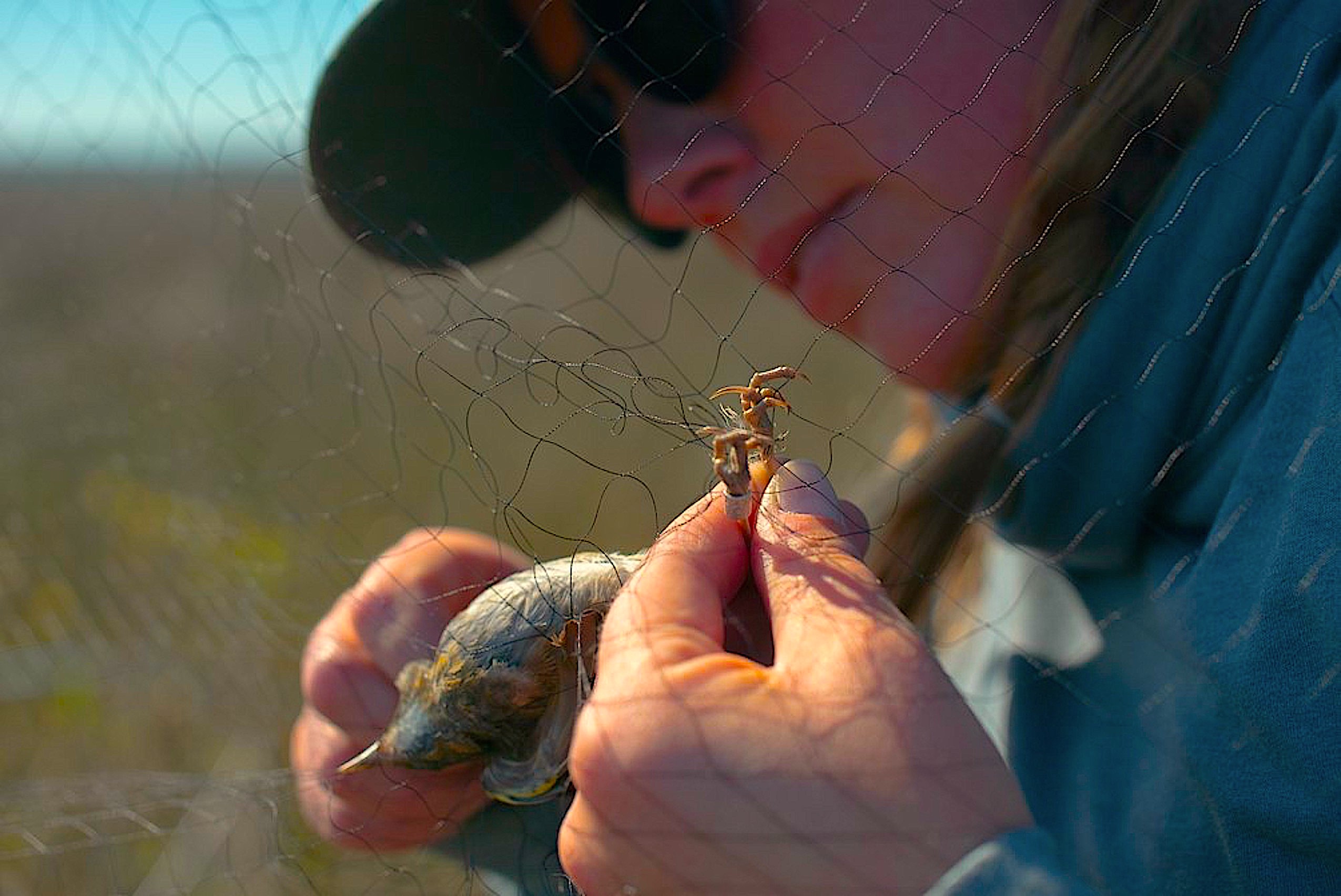
West studies the effects of sealevel rise on the sparrows at five sites in North Carolina: Rachel Carson Reserve, Hammocks Beach State Park, Masonboro Island, Bald Head State Natural Area, and Bird Island. By gathering data about tides, elevation, and sea-level rise, and then modeling habitat changes at low, moderate, and high levels of sea-level rise through the year 2060, she can predict what will happen to tidal marsh habitat and how it might affect saltmarsh and seaside sparrows. This information will help the U.S. Fish and Wildlife Service in particular, when it decides in 2024 about whether to list the saltmarsh sparrow as “endangered” or “threatened.”
West and her team actively flush the birds into the nets, extract them, and take body measurements. The team also attaches radio tags to a subset of sparrows in order to track their movements through the marsh, gathering data to help understand the sparrows’ home range and habitat use, as well as to determine the overall population density of the species.
West’s team will continue to collect data to determine how rising sea levels will impact marshes, which typically adapt to sea-level rise by moving inland to higher ground.
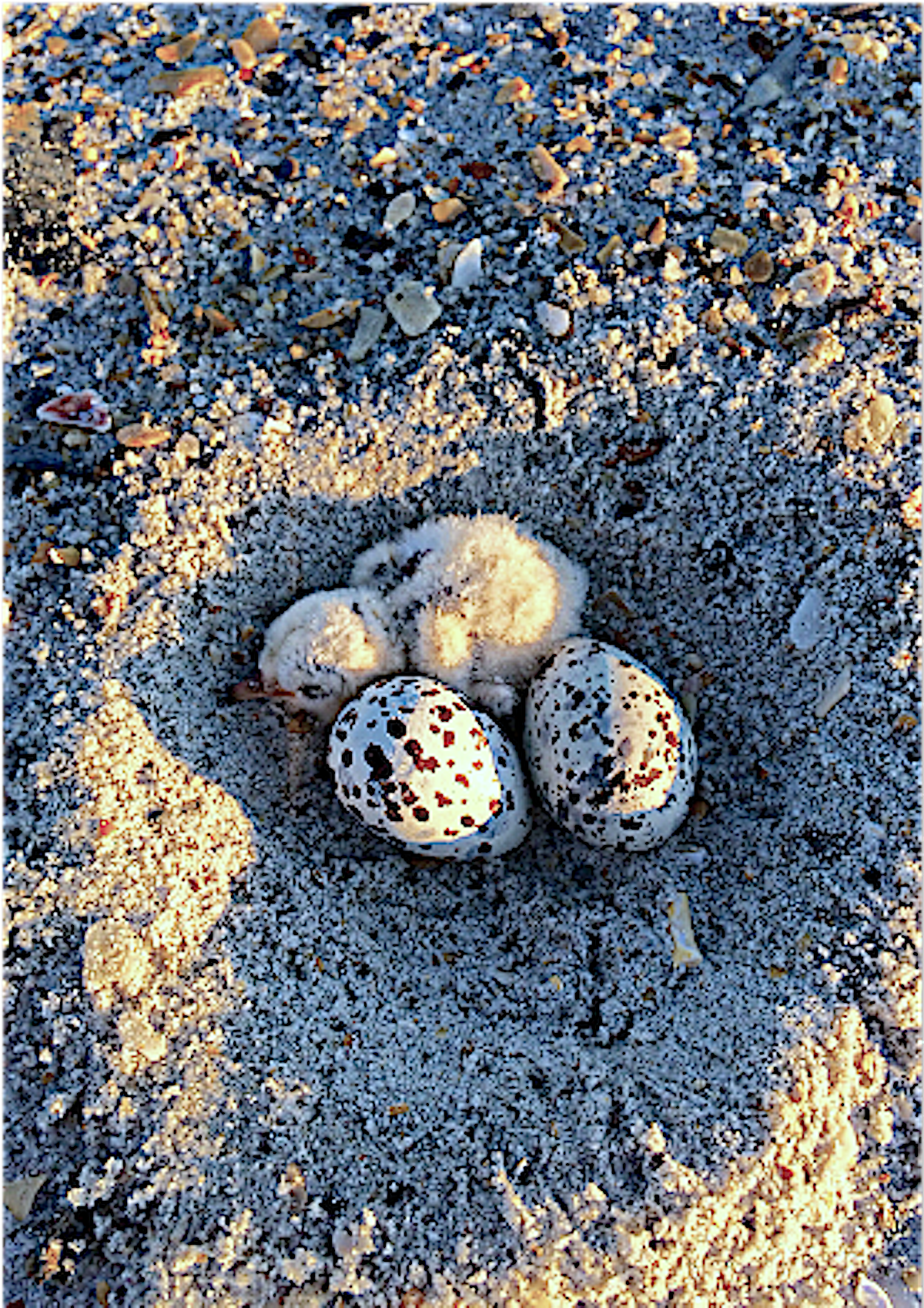
“We need to plan ahead for the impacts of sea level rise on marsh bird habitat — and right now we’re not doing that,” says West, formerly a joint fellow with North Carolina Sea Grant and N.C. Sentinel Site Cooperative. “For populations at both study sites, our models show that without marsh mitigation, winter habitat will decrease a lot by 2060.”
West says sea level rise is accelerating, and such modeling can help inform where to implement specific management strategies for sparrows — and for other species.
“Where are those marshes going to go?” she asks. “Where do you put your resources? Do you put them into buying land? Do you try to conserve the marsh by building it up some more? These are the kind of questions we are trying to help managers answer.
LEAST TERNS AND RISING TEMPERATURES
The N.C. Wildlife Resources Commission lists least terns as a species of “special concern.” With a breeding season lasting from early May to late July, these birds need and prefer nice sandy beaches and will nest nearby one another. In fact, they make their nests, which typically contain two or three eggs, right on the open sand, preferring to avoid potential predators in the vegetation during the three-week incubation period.
While a graduate student at UNC Wilmington in Ray Danner’s lab and as a joint North Carolina Sea Grant and N.C. Coastal Reserve’s Coastal Research Fellow, Robert Snowden studied how temperature affects least tern behavior and ecology on Masonboro Island and at other coastal sites around Wilmington. Specifically, Snowden focused on how the terns coped with the thermal challenges of their breeding environment during incubation.
“I’ve always been interested in the impacts of climate change on avian ecology, particularly with seabirds,” he explains. “And a lot of research focuses on its indirect effects — like changes in habitat or food availability. But it’s also valuable to understand how birds will respond directly to changes in the thermal environment.”
During his study, from May to July Snowden observed around 50 nest sites at different times of the day and recorded the behaviors of least terns under various environmental conditions.
Snowden says he tracked a lot of different behaviors at the nest, including “how often they would stand up and elevate themselves above the eggs — called ‘shading’ — and how often they would open up their wings, which helped to circulate air flow.”
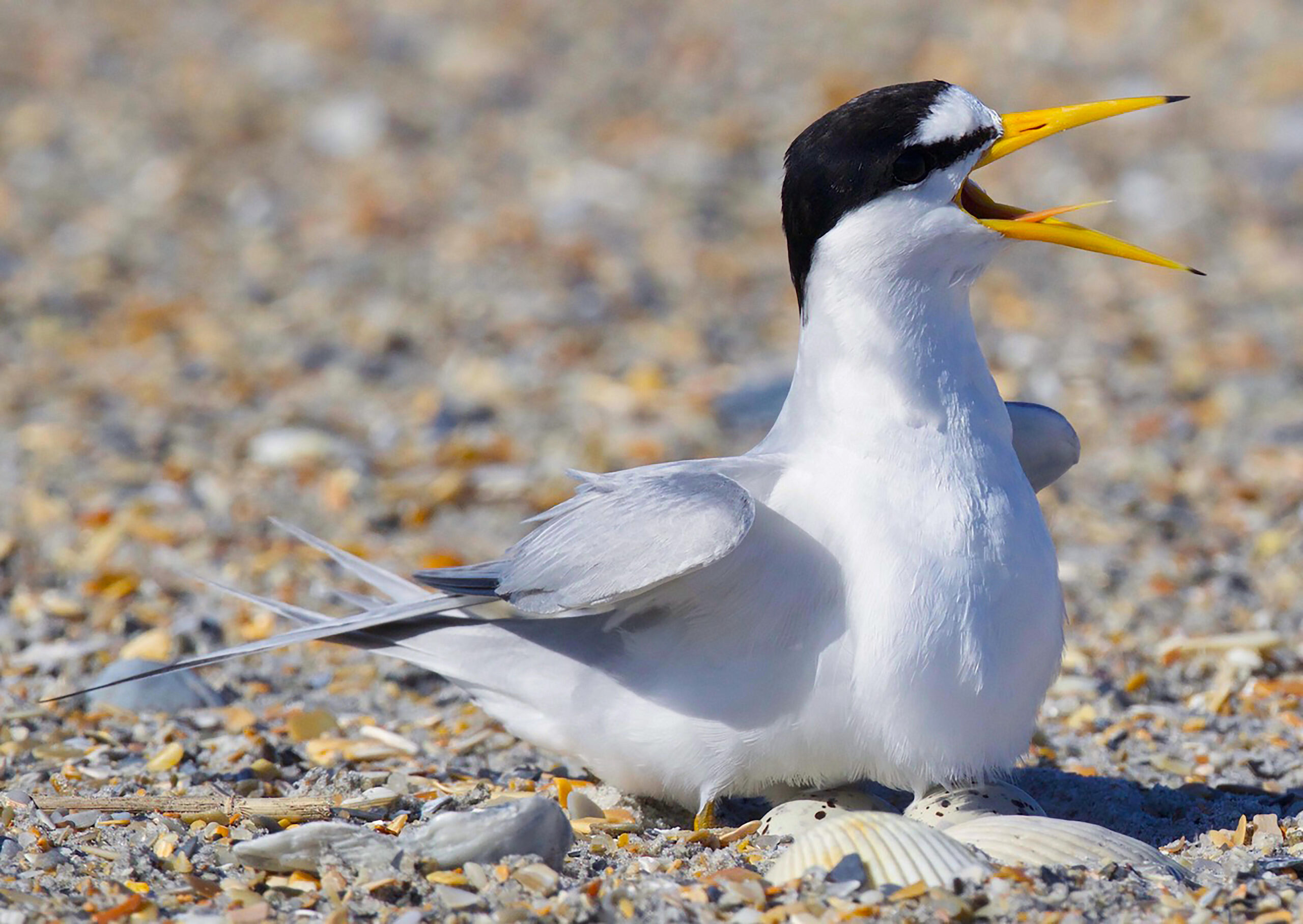
He and his collaborators were able to analyze his observational data and determine the best predictors of certain behaviors at certain temperatures. At lower temperatures, least terns would stand above the nest and spread their wings. At higher temperatures, least terns engaged in gaping — opening their bills — and tongue fluttering, which is more energetically expensive. While unable to avoid the direct heat from the sun during incubation, these behaviors helped them to stay cool.
Now currently serving as the Creamer’s Field Migration Station project director at the Alaska Songbird Institute, Snowden says there is still much more work to do when it comes to climate change and understanding behaviors that indicate when and how coastal birds are thermoregulating.
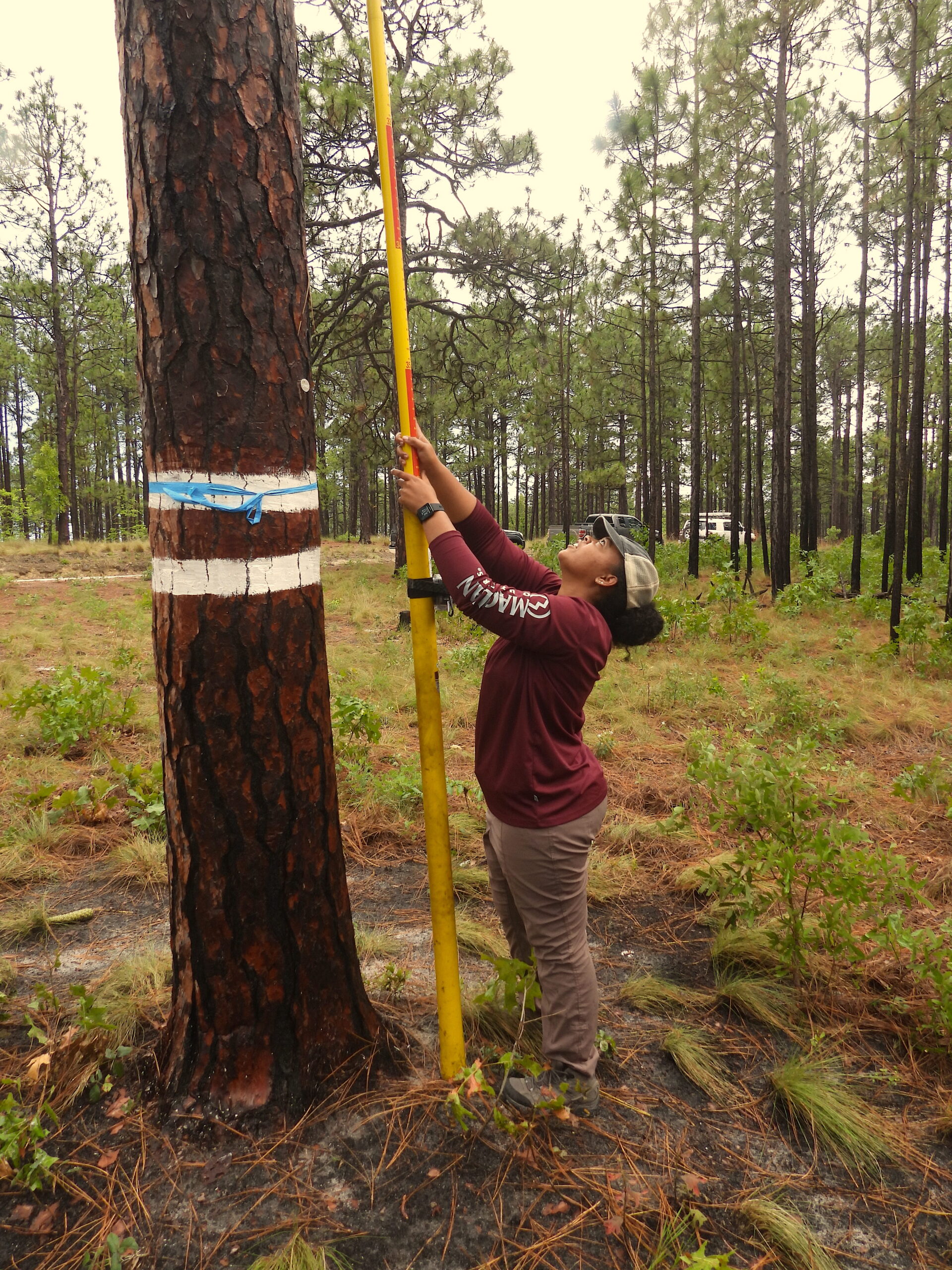
“Although a lot of these behaviors have been documented before in other birds, we wanted to quantify and try to find these environmental temperature thresholds in which we would see certain behaviors,” he says. “Just trying to predict what certain behaviors you would expect at certain temperatures is something that could be used to forecast the effects of climate change going forward.”
PINE FORESTS, HURRICANES, AND REDCOCKADED WOODPECKERS
Under the direction of Caren Cooper and Christopher Moorman in NC State’s Department of Forestry and Environmental Resources, my own research addresses the potential impacts of climate change on the federally endangered red-cockaded woodpecker.
The “RCW,” for short, is endemic to the longleaf pine ecosystem. It is the only species of woodpecker to excavate cavities for nesting in living, old growth pine trees, a process that can take several years.
An almost complete loss of habitat has been responsible for the species’ population decline. The longleaf pine provides essential resources for RCW cavities and foraging, but this tree itself is now an endangered species. Once covering an estimated 59 to 91 million acres, today, due to logging, longleaf forests cover only 3 million acres. Though still listed as endangered, RCW populations have continued to increase thanks to successful management of the longleaf pine ecosystem through frequent prescribed burning, as well as the construction of both artificial drilled cavities and insertions of nest boxes in living pine trees by forest managers.
The research-based North Carolina Climate Report projects a continued increase in temperatures, precipitation, storms, floods, droughts, wildfires, and sea level rise, much of which places the longleaf pine ecosystem at greater risk, particularly trees along the coast. As a result, 63 out of 124 known RCW populations are vulnerable to hurricanes, according to the U.S. Fish and Wildlife Service, with 56 of those populations having low or very low ability to withstand environmental or demographic changes.
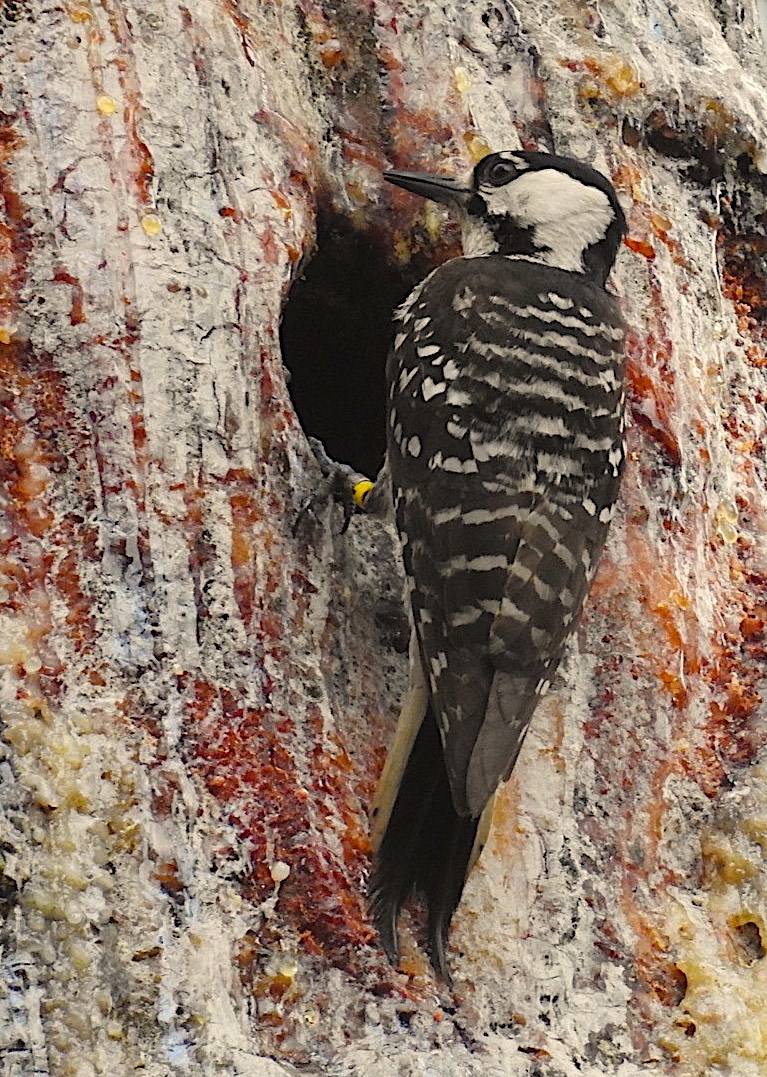
As the leading expert on this species, Jeffrey Walters, a conservation biologist at Virginia Tech (and a member of the team advising my research), explained in a WRAL news report, “There’s probably been more significant damage to the woodpecker populations in the last three years than in the previous 50. There was one big storm in 1989 that did a lot of damage, but there’s been multiple, major impacts in the last few years.”
Because the process of cavity construction can take years, it is difficult for RCWs to move to a new forest, which increases their dependence on existing old-growth forest territory, even as it shrinks.
In addition, longer rainy and dry seasons make it more difficult to effectively manage RCW habitats, particularly by means of prescribed burns, which keep hardwoods from replacing the longleaf pines. But, if large storms continue to knock over cavity trees and if longleaf pines then can’t replenish, the RCW population will be decimated.
Additionally, over the past two years, RCW populations in the Sandhills, Fort Bragg, and coastal Florida have been experiencing a “brood reduction,” a decrease in the numbers of nestlings, which usually occurs due to a lack of natural resources.
We continue to develop many hypotheses about why RCWs are experiencing brood reduction, including factors related to climate change, like the timing of the arrival of certain food sources and overcrowding of RCWs in some areas. As an avian ecologist, I’m testing multiple research questions about RCWs and accessing a 40-year high-quality data set, along with additional data I will be collecting, in search of answers that will inform better outcomes for this species.
By studying both the direct and indirect effects of climate change on the animal kingdom, a rising generation of new scientists has the opportunity to make new discoveries — findings that managers and others can use to inform conservation efforts. Many of my peers and I have made this our career, and we will continue to work hard to understand how avian species are reacting to rapid changes.
READ MORE
- Shilo K. Felton and American oystercatchers
- Marae Linquist West and marsh sparrows
- Robert Snowden and least terns
- Lauren D. Pharr on her own red-cockaded woodpecker research
- The Southeast Climate Adaptation Science Center
- North Carolina Sea Grant and N.C. Coastal Reserve’s Coastal Research Fellowship
- The North Carolina Sea Grant/North Carolina Sentinel Site Cooperative Joint Fellowship
North Carolina Bird Atlas
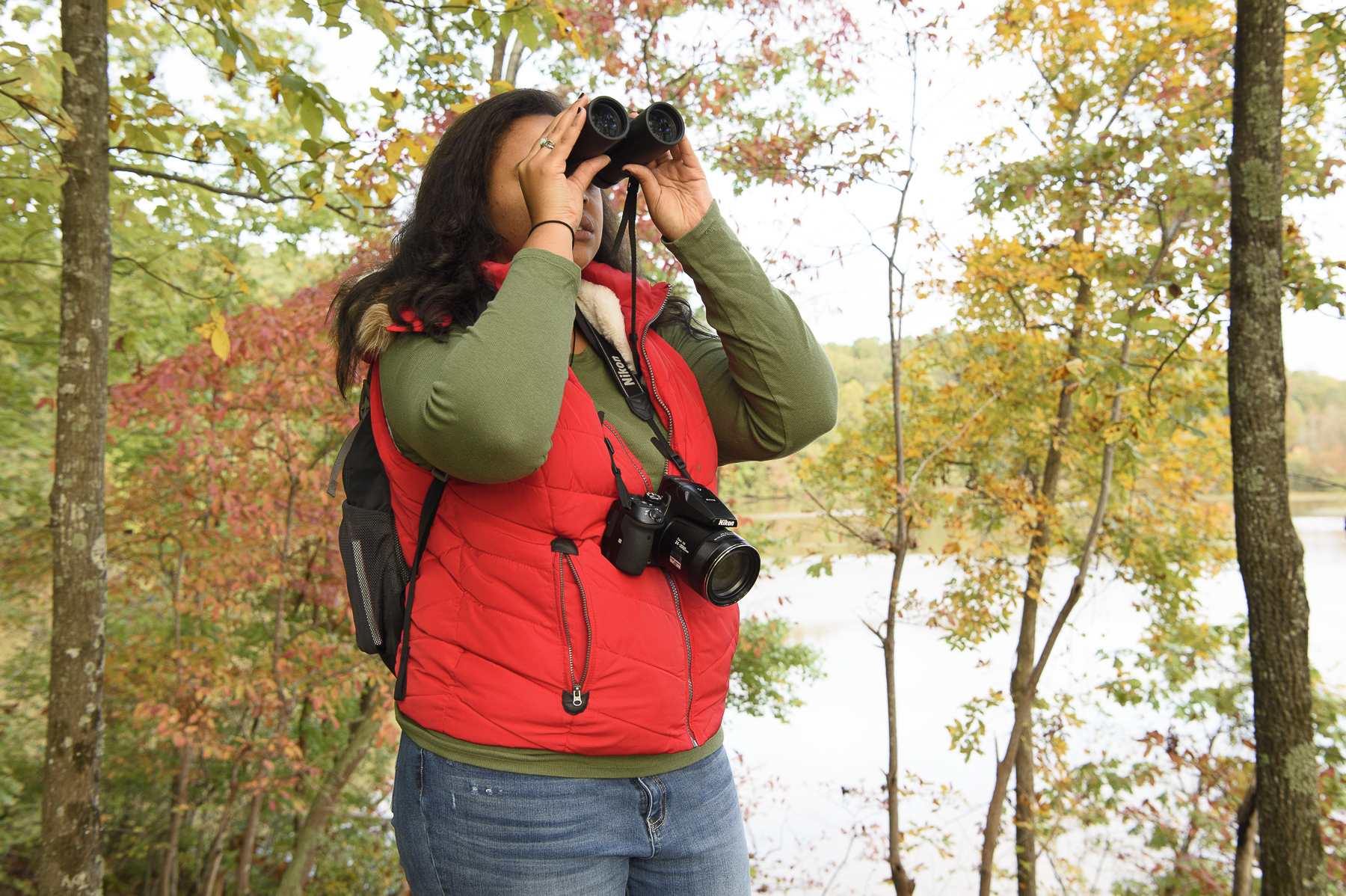
The NC Bird Atlas is a statewide community science project to map birds during the breeding and wintering seasons. The project gathers essential information from volunteers, using systematic surveys of an entire region about the current and future distribution and abundance of North Carolina’s birds, in order to help prevent species from inaccurately being listed as endangered or instinct.
While pursuing her masters and Ph.D. degrees at NC State University, Lauren D. Pharr has served as a Southeast Climate Adaptation Science Center Global Change Fellow, a science communicator with North Carolina Sea Grant, and an editorial advisory board member for The Wildlife Society’s magazine, The Wildlife Professional. She also has won NC State’s Forestry and Environmental Resources Fellowship for Excellence in Graduate Education.
- Categories:
